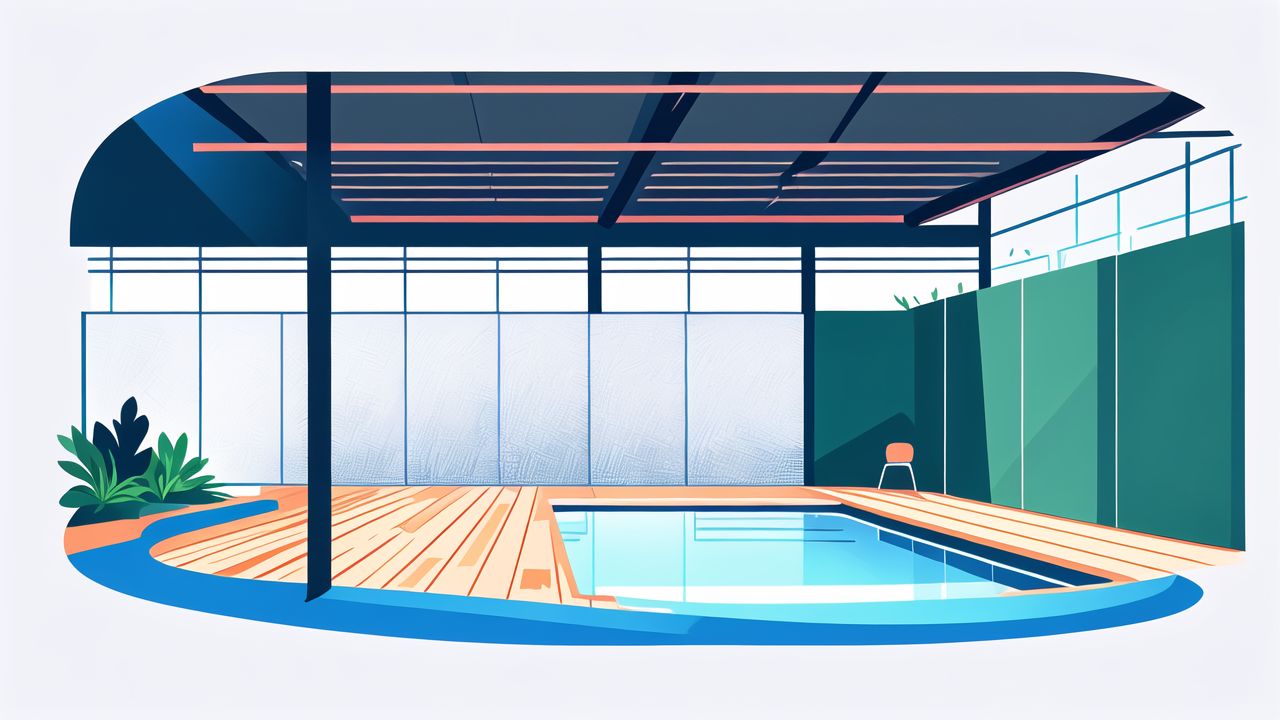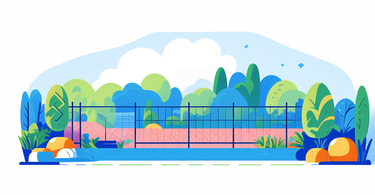Understanding the Importance of Pool Privacy Fences
The Role of Privacy Fences in Enhancing Pool Enjoyment
Privacy fences play a vital role in creating a secluded oasis around your pool area. They offer a sense of intimacy and protection from prying eyes. A well-designed fence can block out noise and wind, making your pool time more enjoyable.

These fences also add a layer of safety, keeping children and pets secure. They can be a stylish addition to your backyard, enhancing its overall look. A good privacy fence can increase your property value and curb appeal.
Lastly, they provide a backdrop for landscaping and outdoor décor. This allows you to create a cohesive and inviting outdoor space. With the right fence, your pool area can become a true retreat from the outside world.
Key Considerations for Choosing a Pool Privacy Fence
When selecting a pool privacy fence, several factors come into play. First, consider the level of privacy you need. Some materials offer complete seclusion, while others provide partial coverage.
Durability is crucial, especially for areas with harsh weather. Look for materials that can withstand moisture, sun exposure, and temperature changes. The fence should require minimal maintenance to keep it looking good over time.
Your budget is another important factor. Prices can vary widely depending on the material and design. Be sure to factor in long-term costs like maintenance and potential repairs.
The fence's aesthetics should complement your home and landscape. Choose a style that enhances your outdoor space and reflects your personal taste. Remember, the fence will be a prominent feature in your yard.
Lastly, check local regulations before making a decision. Many areas have specific rules about pool fencing height, material, and design. Compliance is essential to avoid fines or having to replace your fence.
Comparing Different Types of Pool Privacy Fences
The Pros and Cons of Common Materials
- Wood Fences:
- Pros: Natural look, customizable, affordable
- Cons: Requires regular maintenance, can rot or warp
- Vinyl Fences:
- Pros: Low maintenance, durable, comes in various colors
- Cons: Can be expensive, may look artificial
- Aluminum Fences:
- Pros: Lightweight, rust-resistant, low maintenance
- Cons: Less privacy, can be costly
- Chain Link Fences with Slats:
- Pros: Affordable, durable, easy to install
- Cons: Less attractive, limited privacy
- Composite Fences:
- Pros: Eco-friendly, low maintenance, looks like wood
- Cons: Can be expensive, limited color options
Each material has its strengths and weaknesses. Consider your specific needs and preferences when choosing. Remember, the best fence balances functionality, aesthetics, and cost-effectiveness.

Innovative Designs and Features in Pool Fencing
Modern pool fencing has evolved beyond basic privacy barriers. Today's designs offer both function and style. Here are some innovative features to consider:
- Modular Systems: These allow for easy customization and future modifications.
- Decorative Panels: Add visual interest with laser-cut designs or artistic patterns.
- Integrated Lighting: Built-in LEDs can enhance safety and ambiance.
- Green Walls: Living walls or vertical gardens can provide natural privacy.
- Mixed Materials: Combining wood, metal, and glass can create unique looks.
- Retractable Fences: These offer flexibility in privacy and space use.
- Smart Fences: Some include tech features like automatic locks or alarms.
These innovative designs can transform your pool area into a modern, functional space. They offer ways to personalize your fence and make it stand out. Consider these options to create a truly unique pool enclosure.
Installing Your Pool Privacy Fence: Best Practices and Regulations
The Process of Selecting and Installing a Pool Fence
Selecting and installing a pool fence involves several steps. First, measure your pool area to determine the fence size needed. Consider access points and any obstacles that might affect installation.

Next, choose your fence material and design based on your needs and preferences. Get quotes from multiple suppliers and contractors to ensure a fair price. Once you've made a decision, check for any required permits.
Before installation, mark the fence line and locate any underground utilities. Prepare the ground by clearing vegetation and leveling the area. If using post holes, ensure they are deep enough for stability.
During installation, follow manufacturer guidelines closely. Ensure posts are level and securely anchored. For DIY installations, consider renting specialized tools to make the job easier.
After installation, inspect the fence thoroughly. Check for any gaps or weak points. Add any finishing touches like caps or paint. Regular maintenance will help your fence last longer and look its best.
Compliance with United States Fencing Regulations
In the United States, pool fencing regulations vary by state and local jurisdiction. However, some common rules apply in many areas:
- Height: Most codes require fences to be at least 4 feet tall.
- Gaps: Openings should not allow a 4-inch sphere to pass through.
- Gates: Must be self-closing and self-latching, opening away from the pool.
- Climb Resistance: Fences should not have footholds or handholds for climbing.
- Distance: Fences must be a certain distance from the pool edge, often 20 inches.
- Material Strength: Fences must be able to withstand a certain amount of force.
Always check with your local building department for specific requirements. Some areas may have additional rules about fence material or design. Compliance is crucial for safety and legal reasons.
Remember, these regulations are designed to prevent accidents and drownings. Following them not only keeps you legal but also protects your family and guests. Regular inspections can ensure your fence remains compliant over time.
